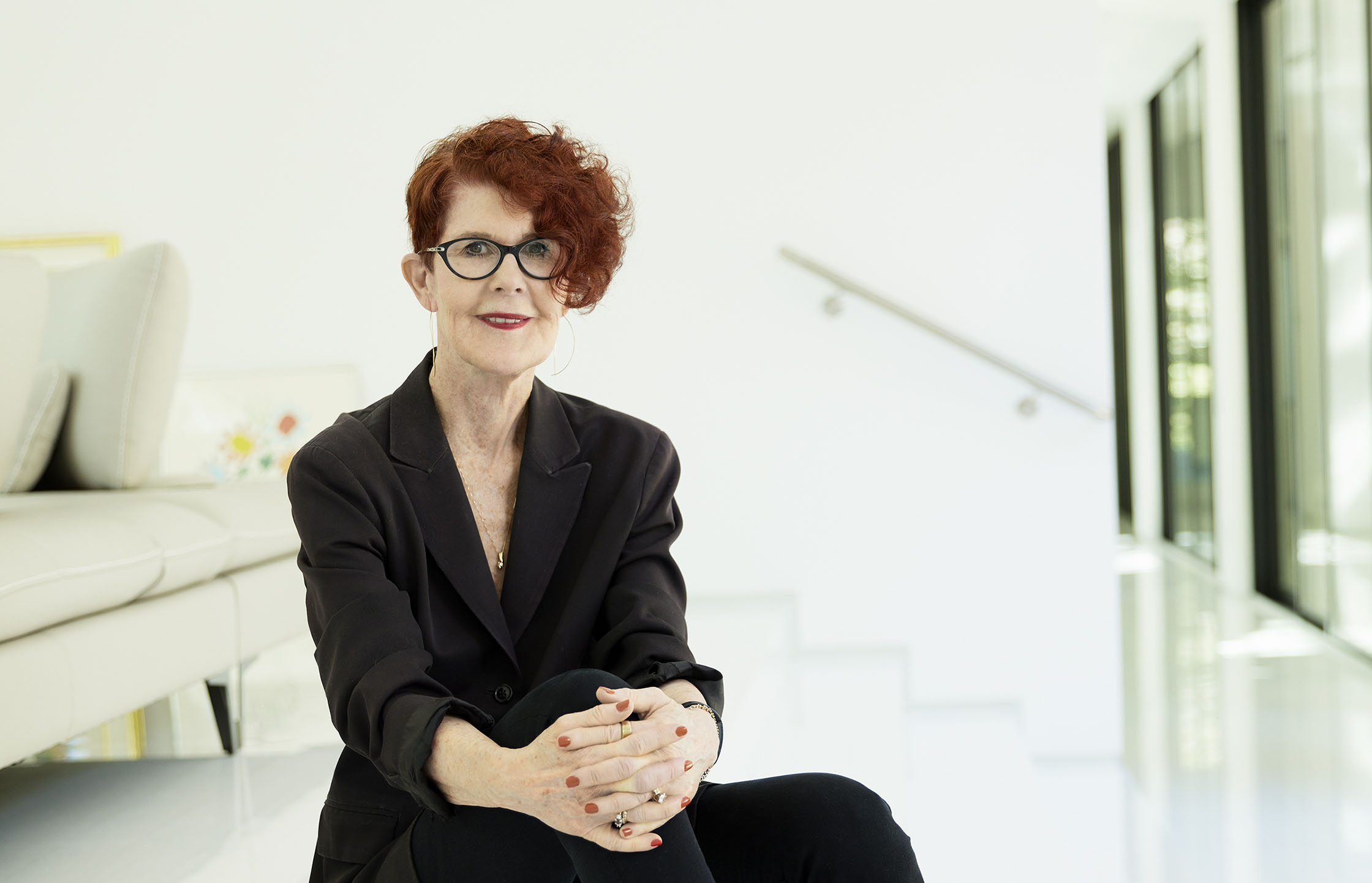A Boost for Mental Health
Dr. Barbara Coffey says the pandemic-driven pivot to telehealth services has raised productivity in outpatient visits by 30%

Photograph by Jeffery Salter
W
hen the COVID-19 pandemic manifested itself across the University of Miami Health System, many clinical services were forced to restrict in-person patient visits and had to come up with alternative methods. “Within a week after the lockdowns were announced in mid-March 2020, we pivoted to telehealth services,” said Barbara Coffey, M.D., M.S., professor and chairman of the Miller School’s Department of Psychiatry and Behavioral Sciences. While the switch to virtual sessions was initially challenging, more than two years later, the outcomes are impressive. “At the end of 2021, we were about 30% more productive in outpatient visits than before we went to telehealth,” Dr. Coffey reported.
The basic technology behind telehealth — remote audio and video devices that link providers and patients — has been around for a couple of decades, although it was not widely utilized pre-pandemic. Insurance reimbursements were limited, which meant that many practitioners didn’t offer telehealth and thus were unfamiliar with it. But when faced with being unable to treat patients in person, UHealth’s clinical faculty rallied around telehealth.
The first hurdle was making sure practitioners and patients had the necessary hardware and software. “Our support staff conducted training sessions for faculty on connecting their digital devices to streaming video platforms,” Dr. Coffey said, “and helped patients learn how to use their UChart [electronic medical records] to connect with their practitioners.” Patients without access to a computer or tablet could reach a provider via a cellphone or land line. “And we were still able to offer in-office care if a patient preferred that option,” she added.
The bigger issue was whether patients — adults, children and adolescents — would feel comfortable meeting virtually. For the majority, the answer was yes. “We could see faces and observe the body language,” Dr. Coffey said, “and unlike meeting in an office, having a window into patients’ home environments could be useful.” Some patients preferred the option to meet from home or work to avoid commuting to the medical campus.
Today the majority of the department’s faculty see patients both in their offices and remotely, Dr. Coffey said. “As long as we can provide and be reimbursed for excellent mental health services to our patients either way, telehealth is here to stay.” ![]()



